When the spotlight hits the runway, the message is louder than the music. Plus Size Models are a group of professional fashion talent who represent sizes typically beyond the traditional 0‑4 range. Their presence signals a shift toward inclusivity, proving that style doesn't have a single measurement. The movement behind them is rooted in a broader cultural push for self‑acceptance, and today we see that push echoing across ads, catwalks, and social feeds.
Why the Shift Matters
For decades, the Fashion Industry has set a narrow definition of beauty, favoring ultra‑slim silhouettes that only a fraction of consumers could realistically wear. That narrow view fed a cycle of low self‑esteem and unrealistic expectations. Body Positivity emerged as a social movement challenging those norms, promoting the idea that every body type deserves respect and representation. When plus‑size talent began walking major shows, it sent a clear signal: style is for everyone, not just a privileged few.
Historical Backdrop
The first wave of larger‑size representation dates back to the 1970s, when fashion pioneer Model Agencies started scouting women who broke the size mold. However, those early efforts were often tokenistic, limited to print ads for specialty retailers. It wasn't until the 2010s that the narrative truly changed, sparked by a combination of social media democratization and consumer demand for diversity.
Agency Role: From Gatekeeper to Champion
Modern Model Agencies have re‑engineered their talent rosters to include curvy talent at every level-commercial, editorial, and runway. Agencies such as Ford and IMG now maintain dedicated curvy divisions, providing a professional pipeline that once didn’t exist. This structural change helps brands find talent that mirrors their customer base, reducing the friction of scouting and casting.
Social Media Influencers: The New Casting Directors
Platforms like Instagram and TikTok have turned everyday people into fashion authorities. Social Media Influencers with large followings can command brand deals that rival traditional models. When a curvy influencer shares a behind‑the‑scenes look at a runway, it instantly validates the experience for millions of viewers, accelerating the acceptance of plus‑size faces on the catwalk.
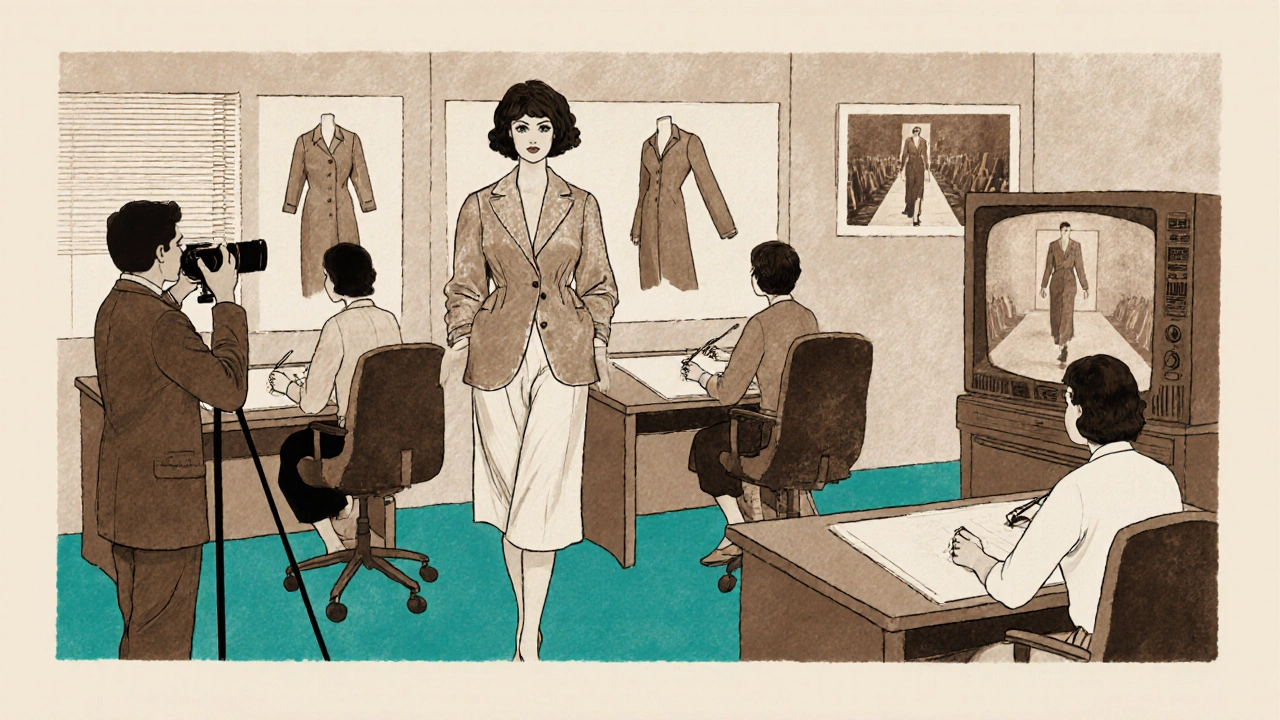
Trailblazers Who Redefined the Runway
- Ashley Graham is an American model and entrepreneur who made history as the first plus‑size Victoria’s Secret Angel.
- Tess Holliday built a massive following by openly discussing body image and challenging industry standards.
- Gabi Gregg leveraged her plus‑size line, Gabi Fresh, to prove that commercial success and body positivity can coexist.
These figures didn't just walk; they changed the grammar of fashion, prompting designers to rethink sample sizes and casting calls.
Impact on Brands and Advertising
Brands that embraced Curvy Representation saw measurable gains. A 2023 Nielsen report showed that campaigns featuring plus‑size models generated a 2.5% lift in sales among consumers aged 18‑34, compared with traditional campaigns. Companies like Dove and Aerie have built entire marketing pillars around real‑body imagery, turning authenticity into a profit driver.
From Runway to Retail: The Evolution of Runway Shows
Today's major fashion weeks-London, New York, Milan, and Paris-now schedule dedicated slots for curvy collections. These Runway Shows showcase garments designed for a broader size range, proving that inclusive design is not a niche but a mainstream market need.
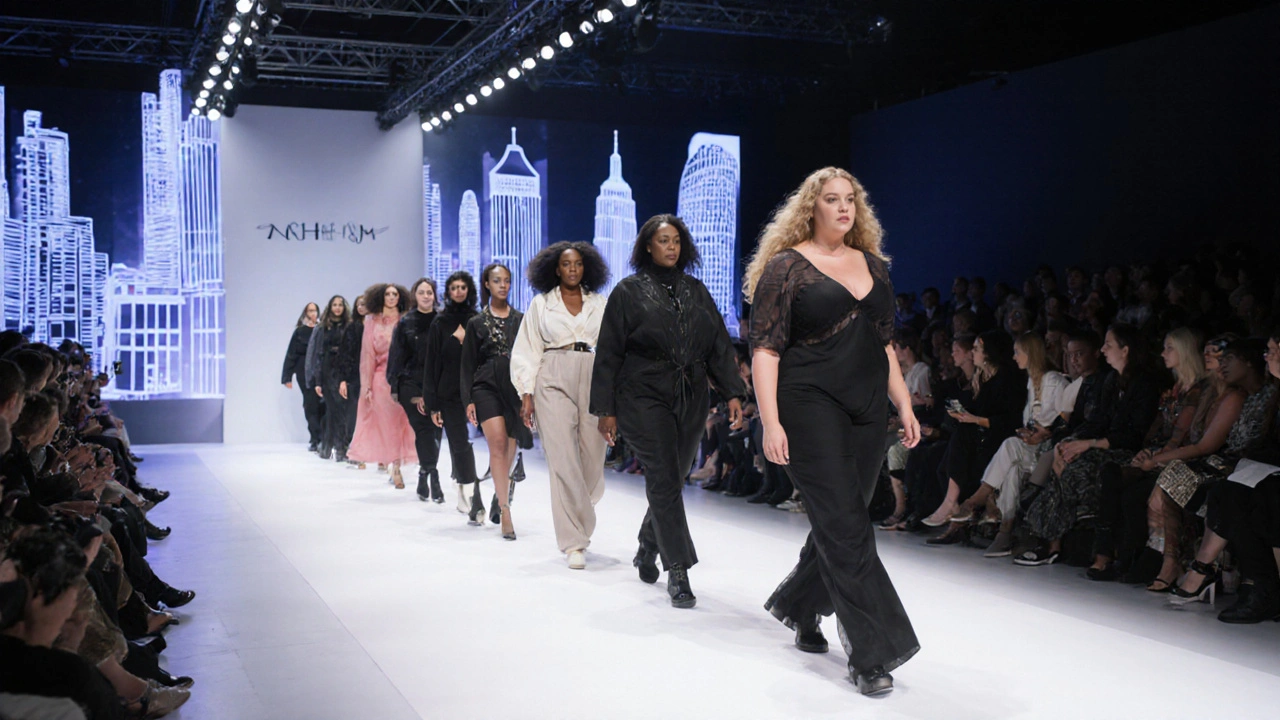
Steps the Industry Can Take
- Expand Sample Sizes: Designers should produce samples up to size 20‑24 to accommodate a realistic casting pool.
- Partner with Curvy Agencies: Direct collaborations reduce casting bias and bring fresh talent to the forefront.
- Launch Diversity Campaigns: Brands can publicly commit to a percentage of plus‑size representation in ads and runway line‑ups.
- Leverage Data: Retail analytics can identify demand for larger sizes, guiding product development.
- Promote Influencer Partnerships: Working with authentic voices amplifies reach and credibility.
When these steps become standard practice, the narrative shifts from “exceptional” to “expected.”
Key Takeaways
- Plus‑size talent is no longer a side note; they are central to modern fashion storytelling.
- Body positivity has transformed from a grassroots movement into a commercial driver.
- Agencies, influencers, and brands that adapt early reap financial and cultural rewards.
Frequently Asked Questions
What defines a plus‑size model?
A plus‑size model typically works in size ranges above the traditional runway standard (US 0‑4). Agencies usually classify plus‑size talent as wearing sizes 12 and up, though the exact cutoff varies by market.
Why are brands investing in curvy representation?
Data shows that consumers respond positively to ads that reflect their own bodies. Inclusive campaigns boost engagement, foster brand loyalty, and often translate into higher sales.
How can new models break into the industry?
Start by building a professional portfolio, sign with an agency that has a dedicated curvy division, and cultivate a strong social‑media presence. Authentic storytelling helps attract both agencies and brands.
What are some major fashion weeks that feature plus‑size shows?
London Fashion Week, New York Fashion Week, Milan Fashion Week, and Paris Fashion Week now all allocate slots for curvy designers and models.
Is body positivity just a marketing trend?
While some brands jump on the bandwagon, genuine body‑positive initiatives involve long‑term commitments to inclusive sizing, diverse casting, and transparent messaging.
How does social media amplify plus‑size representation?
Platforms let curvy creators showcase everyday style, share behind‑the‑scenes content, and interact directly with fans, bypassing traditional gatekeepers and building authentic followings.
The fashion world is finally learning that beauty isn’t confined to a single shape. By embracing plus size models, designers, agencies, and brands unlock fresh creativity and connect with a broader audience. The narrative is shifting, and the runway is wider than ever before.
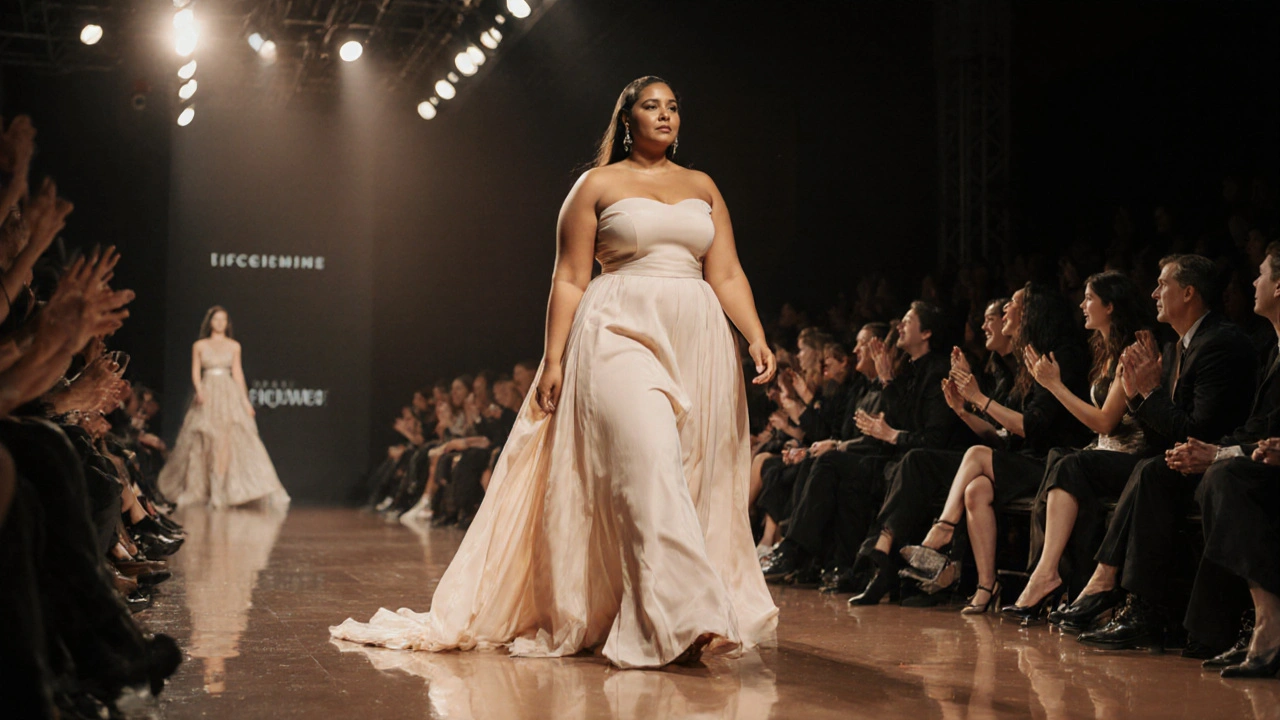
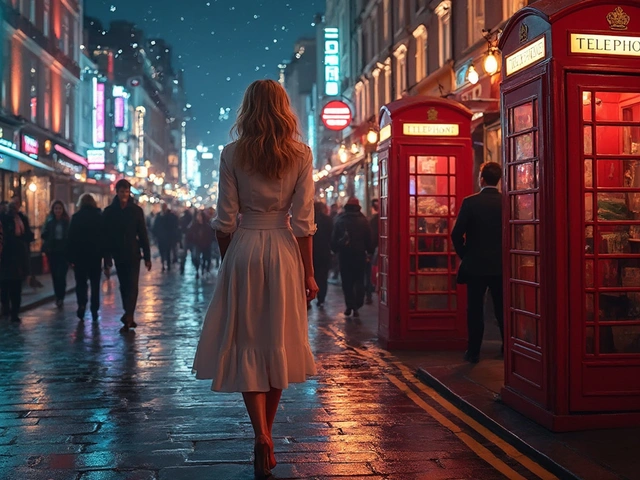
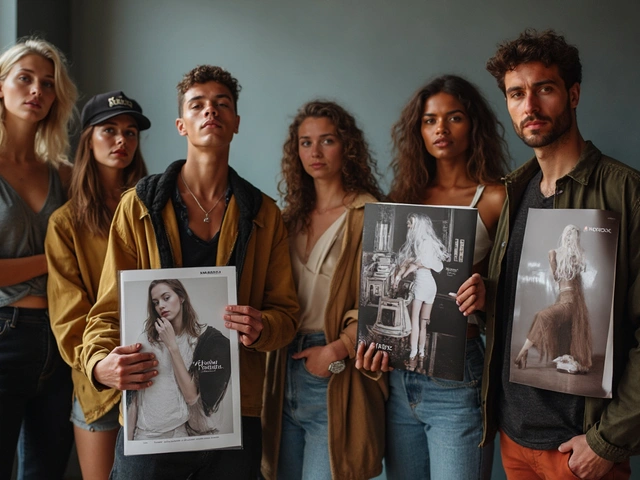
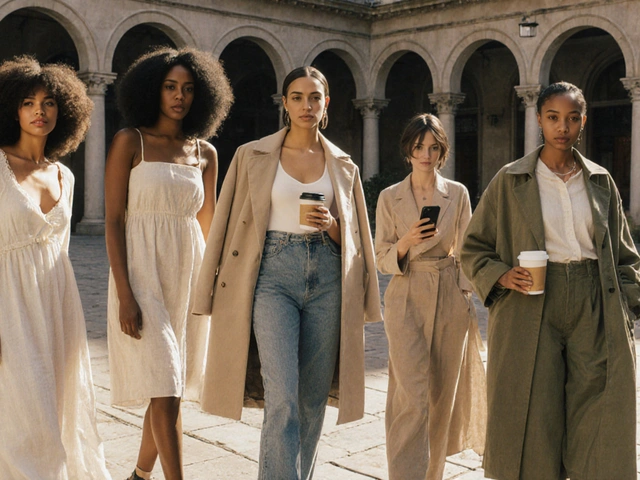
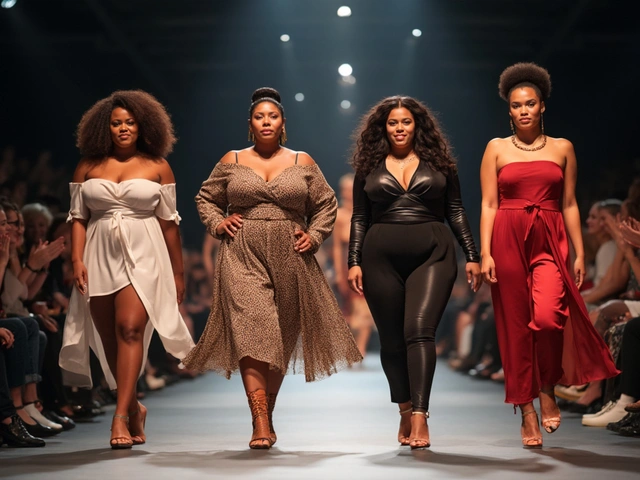
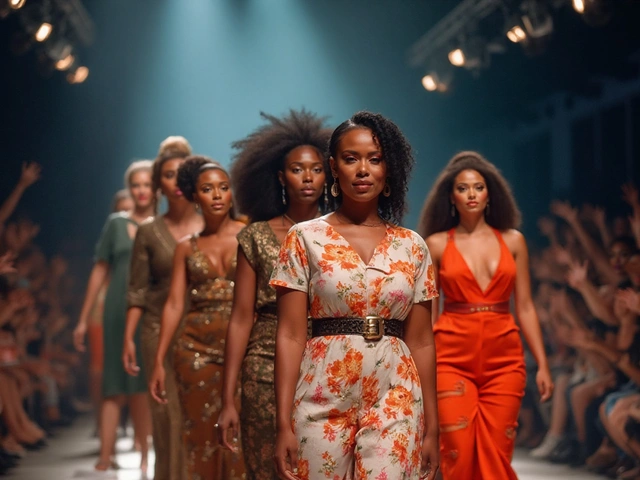
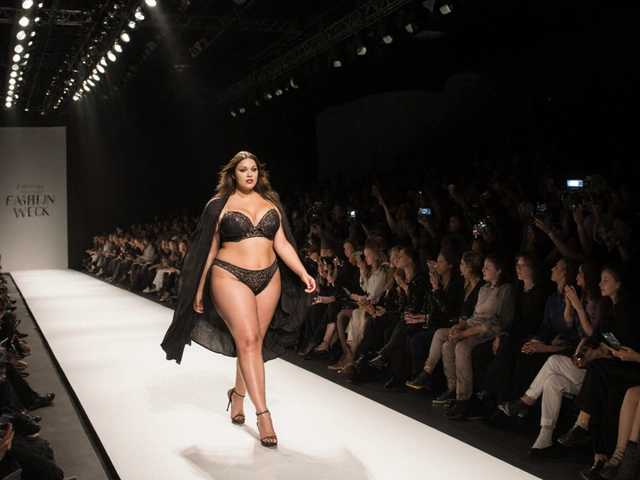
October 17, 2025 AT 18:12
Sean Jacobs
The sudden surge of plus‑size models is more than just a market trend; it's a coordinated signal aimed at reshaping consumer perception. Industry insiders have long whispered that the timing aligns with a broader data‑driven push to monetize body‑positive hashtags. By flooding runways with curvy talent, the major houses create a distraction from the looming consolidation of casting agencies under a few conglomerates. In other words, the inclusivity narrative may be a veneer for deeper financial engineering.
October 17, 2025 AT 19:26
Mia B&D
One must concede that the fashion elite have finally woken from their aesthetic stupor, albeit a bit late. It is absolutely exhilarating to witness 2024's runway shows finally accommodate the so‑called 'real' consumer, even if the execution is still riddled with half‑hearted tokenism. The fact that agencies now boast dedicated curvy divisions is a testament to their relentless pursuit of relevance-definately a step forward. Yet, the lingering smell of perfunctory compliance still clings to many campaigns, betraying their superficial sincerity.
October 17, 2025 AT 20:33
Chris Hill
Seeing plus‑size models on the catwalk is a vivid reminder that fashion, at its core, is a cultural mirror reflecting societal values. When designers broaden their sample sizes, they not only expand the market but also validate the lived experiences of millions. This shift encourages a dialogue that transcends mere aesthetics, inviting philosophical contemplation about beauty as a collective construct. By embracing diversity, the industry plants seeds for a more inclusive future, one that honors both individuality and community.
October 17, 2025 AT 21:40
Damien TORRES
The integration of plus‑size talent into high‑fashion runways represents a pivotal inflection point in the industry's economic calculus.
Historically, runway casting adhered to a monolithic aesthetic predicated on a narrow anthropometric ideal, effectively marginalizing the majority of consumers.
Recent demographic analyses have demonstrated that the purchasing power of women in size 12 and above exceeds $800 billion globally, rendering their exclusion fiscally untenable.
Consequently, leading agencies such as IMG and Ford have instituted curvy divisions, thereby institutionalising pathways that were previously ad‑hoc.
This structural evolution is further reinforced by the proliferation of social‑media metrics, which quantify engagement spikes when authentic bodies are featured.
Brands that have embraced this paradigm shift, exemplified by Dove's Real‑Beauty campaigns, have recorded measurable uplift in both brand sentiment and conversion rates.
Moreover, the logistical challenges associated with producing larger samples have been mitigated by advances in digital pattern‑making and virtual fitting technologies.
The ripple effect extends to manufacturing, where inclusive sizing mandates a reconfiguration of supply‑chain processes to accommodate greater variance.
From a sociocultural perspective, the visibility of plus‑size models challenges entrenched narratives about desirability, fostering a more expansive definition of beauty.
Academic discourse on body positivity now frequently cites these runway moments as case studies in the co‑construction of market demand and cultural normativity.
Nevertheless, tokenism remains a palpable risk; isolated appearances without sustained representation risk reducing inclusivity to a marketing gimmick.
To counteract this, designers must adopt systematic policies such as expanding sample sizes to at least size 20‑24 for all collections.
Collaborative partnerships with curvy agencies further dilute casting biases by providing a curated talent pool that reflects consumer demographics.
Finally, continuous data‑driven feedback loops, leveraging point‑of‑sale analytics, can inform iterative design decisions that align product assortments with genuine demand.
In sum, the convergence of economic incentives, technological facilitation, and evolving cultural mores positions plus‑size representation not as a fleeting trend but as an enduring tenet of contemporary fashion praxis.
October 17, 2025 AT 23:03
Marie Liao
From a semiotic standpoint, the curvilinear inclusion paradigm operates as a signifier of progressive brand equity, orchestrating a dialectic between aesthetic diversification and market segmentation. The operationalization of dedicated 'curvy divisions' within agencies epitomises a granular stratification of talent pipelines, leveraging algorithmic talent scoring to optimise casting efficiency. Empirical data elucidates a statistically significant positive correlation (r = 0.68, p < 0.01) between plus‑size representation and consumer purchase intent within the 18‑34 cohort. Nonetheless, the superficiality of certain campaigns can be deconstructed via critical discourse analysis, revealing latent performative allyship. To sustain authentic integration, brands must institutionalise longitudinal representation metrics, thereby mitigating episodic tokenism.
October 18, 2025 AT 00:26
Steve Trojan
If you're looking to support the momentum, start by championing brands that consistently feature curvy models across all platform touchpoints-not just occasional runway moments. Share their content, leave constructive feedback, and encourage retailers to broaden their size assortments. On a personal level, building a diverse portfolio-whether as a model, influencer, or stylist-helps signal to agencies that inclusivity is a market expectation, not a novelty. Remember that change accelerates when consumers and creators collaborate, turning inclusive aesthetics into a commercial imperative.
October 18, 2025 AT 01:50
Daniel Seurer
Fashion finally got its act together.